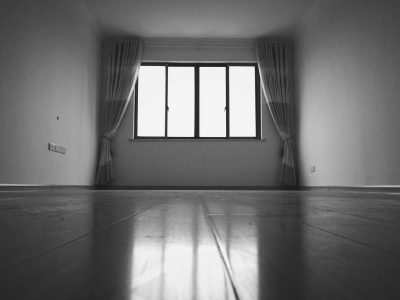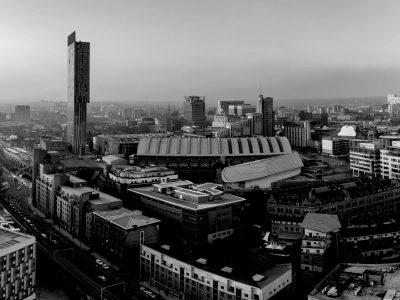Cast your mind back a year or so, when we were still getting used to the idea of the coronavirus pandemic and the restrictions that it brought with it.
By this time last year, we knew just how big an impact the first lockdown had on the economy, with a slump of nearly 20 per cent in GDP in the April-June quarter of 2020.
At the time, the air was thick with predictions of mass unemployment, including official predictions, with fears that the rate could hit 12 or 14 per cent, equivalent to a record number of 4 million or more out of work.
Rishi Sunak had unveiled his furlough scheme – the coronavirus job retention scheme (CJRS) – but the widespread perception, not necessarily mine, was that this would be at best a sticking plaster.
Similarly, while everybody in the housing industry welcomed last summer’s stamp duty reduction, now in its final stages, many worried that it would merely make the best of a bad job and limit the scale of the decline.
I don’t need to remind you that the stamp duty cut, in all likelihood, did a lot more than that, with an invigorating effect on transactions and prices.
It provided a shot in the arm when it was most needed, a kind of vaccine for the housing market.
What has also happened, however, and the latest figures are testimony to it, is that all those worries about unemployment look to have been seriously misplaced.
The furlough scheme has worked much better than even its Treasury inventors and the chancellor who introduced it hoped.
The latest unemployment rate, for April-June, dipped to 4.7 per cent, a far cry from those fears of last year. It is a bit higher than it was before the pandemic, but not by much.
True, this is while the furlough scheme is still in existence, which it will be until the end of September.
Many analysts now think that there will be little or no increase in unemployment when the scheme ends, for several reasons.
One is that the numbers on furlough have been falling, month on month, as the economy has re-opened.
A second reason is that many furloughed workers, about half, are on so-called flexible furlough, where they are doing some work for their employer.
The combination of this and the fact that employers are now responsible for 20 per cent of their wages, means that any shakeout when the scheme ends is likely to be a modest one.
The other reasons are the strength of the labour market as the scheme is wound down.
There was a 182,000 rise in employees on payrolls last month, according to HMRC figures, taking the total to just 200,000 below pre-pandemic levels.
There were, extraordinarily, 953,000 job vacancies in the economy in the May-July period, and the number has been moving inexorably towards the one million mark.
Everybody will have seen signs of worker shortages, from HGV drivers to hospitality staff, not all or even mainly due to the effects of the “pingdemic”.
The strength of the labour market is also reflected in rising incomes.
The headline figures for average earnings growth, up 8.8 per cent on a year ago, or 7.4 per cent excluding bonuses, are distorted by comparisons with the depressed levels of last year, when many more people were on furlough.
But underlying growth in regular pay is between 3.5 and 4.9 per cent according to the Office for National Statistics, and that is stronger than for many years.
All this adds up to a labour market that is much more supportive of housing than anybody could have dared to expect last year.
The aim of the furlough scheme was to provide a bridge back to normality and, while it was costly to the public purse, it appears to have succeeded handsomely.
Few could have expected the economy to emerge from the deepest recession in more than 300 years with sharply rising employment and pay, and labour shortages.
This is why we should take evidence of market wobbles, including those as we approach the end of the stamp duty holiday, with a pinch of salt.
Jobs and pay are among the key fundamentals of the housing market, and they are strong.
The signs are that they should remain so.























Comments